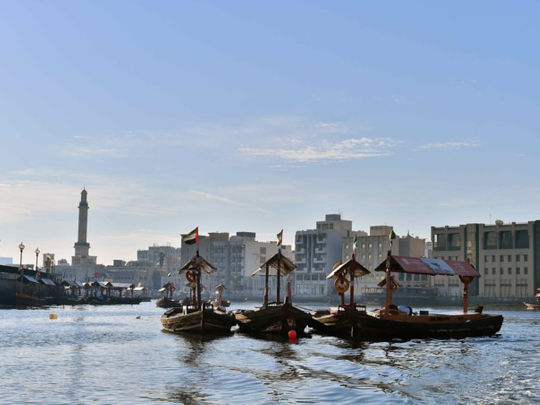
The modern workspace and the expectations of the corporate employee are changing. Some cultural differences between the GCC and the West mean that the needs of users vary to an extent. However, on the whole, designers are tasked with creating spaces that are also aligned with company objectives, ethos and culture. On top of this, companies and their work spaces are expected to promote productivity and staff well-being.
With companies such as Google famously providing spaces to essentially work, rest and play, other high-profile firms, particularly those with an international footprint, are expected to follow suit, as they strive to attract talented workers. A focus on work-life balance has also emerged over the past decade, particularly when it comes to working parents. It has become more common, particularly in industries where physical presence is not necessary, to measure staff performance by the delivery of work, rather than the number of hours.
There are changes in thinking in terms of how team members interact. It is certainly a trend to have larger proportions of workspaces in an open-plan format. The decision is not purely based on cost savings, with the amount of floor space required per employee being reduced, but to also encourage interaction. The aim of the modern workplace is to promote collaboration and openness, as well as sharing of ideas. Obviously, the suitability of being purely open plan depends on the activities of the business and the people that work there.
Different requirements
While many staff members approve of open-plan areas, as they enjoy the energy that is brought about by the activity around them, others, particularly those whose work requires long periods of concentration, require limited noise and interruption. The number of meeting rooms also depends on a company’s needs, however, where a large, rather intimidating-looking boardroom was a standard, there is now a greater number of smaller meeting spaces as management styles and business operations have evolved.
The popularity of open-plan workspaces is not favoured by all; there are those who require quiet places to work, but there are also cases where firms or designers of spaces have got it wrong. Common issues include poor layout, insufficient space and poorly managed transitions — where flexi-working, hot-desking and even “standing meetings” are concerned. While the intention is to offer more freedom, there can be an issue of depersonalisation, whereby workers are crammed into workstations or benches to maximise space utilisation in smaller-than-ideal work areas 5 sq m per person or less.
Hot-desking, where workers are allocated desks on a rota system, has become more popular and is provided by serviced offices and co-working spaces. It is promoted as a positive, modern way to work, but if not managed well, it can have the effect of distancing employees from the firm as they do not have a “permanent” space and may feel less engaged.
Extended office
Outside of the office, the work environment extends to the building and surroundings, which includes the provision of dining options, health clubs and other amenities and conveniences. In a hot climate, where much of the time workers are unlikely to spend breaks or lunches outside, on-site services and proximity to shopping malls are important. Therefore, the modern office building needs to tick a variety of boxes in order to compete, particularly in a “tenant’s market”.
Grade A iconic buildings, such as United Tower in Bahrain and the upcoming ICD Brookfield in Dubai, have begun to tap into this trend by providing on-site facilities and, in some cases, becoming truly mixed use, with ICD Brookfield connected to a 13,935 sq m five-storey retail centre.











